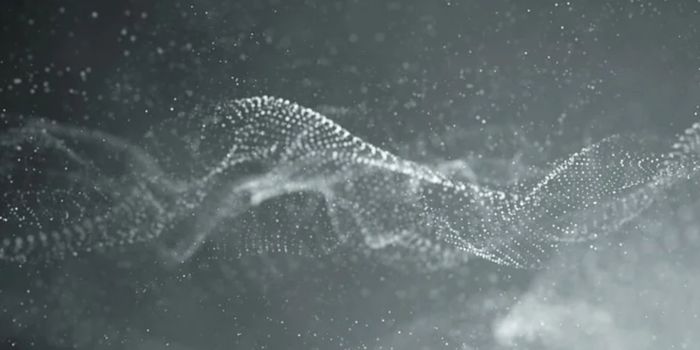High-Throughput Tools Reveal New Proteins Involved in DNA Repair
Our body is made up of trillions of cells, most of which contain a genome that suffers a lot of damage. That damage may come from things we're exposed to in our everyday environment, like pollution, or the UV rays from sunlight, or simply from the everyday stuff that cells have to do, like metabolic reactions. Normal physiology may sometimes generate harmful byproducts that harm DNA. Cells have ways to repair the DNA damage that happens, which is essential to survival. Breakdowns in DNA repair processes have been implicated in aging and disease.
Scientists have now used new high-throughput approaches to study the repair of DNA as it takes place in a cell. In this study, which was published in Cell Reports, the researchers were able to identify proteins that are involved in DNA repair, which were not known to be a part of this process before. The findings may help us learn more about diseases involving genetic damage.
The researchers added over 300 proteins to cells, assessing how that affected DNA repair processes. They did so by using expression vectors added to cells that grew in a 384-well plate, so this could be done in high-throughput fashion (a video demonstrating how 384-well plates are used is shown below). This study has revealed nine novel proteins that play a role in DNA repair.
The team also exposed cells in a 384-well plate to genetic damage, and observed the location of a individual proteins in each well after they induced the damage.
While some proteins were found to adhere to DNA that was damaged, others moved away from it, noted the researchers. They added that both phenomena could be important, because both may encourage the recruitment of proteins that will make repairs to the site.
One of the proteins that moves away from the damage is called PHF20. That movement allows a crucial repair protein called 53BP1 to move in; the researchers determined that the when cells lack PHF20, their DNA won't be repaired properly.
This work has suggested that these high-throughput platforms could be used to discover new molecules that relate to DNA repair.
Sources: The Spanish National Cancer Research Centre, Cell Reports








